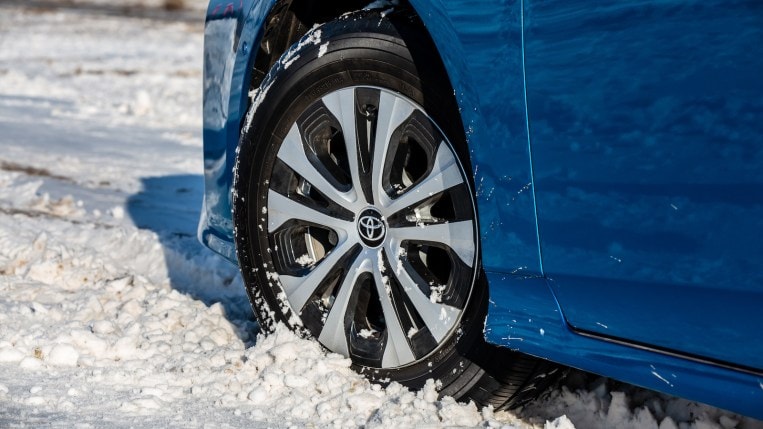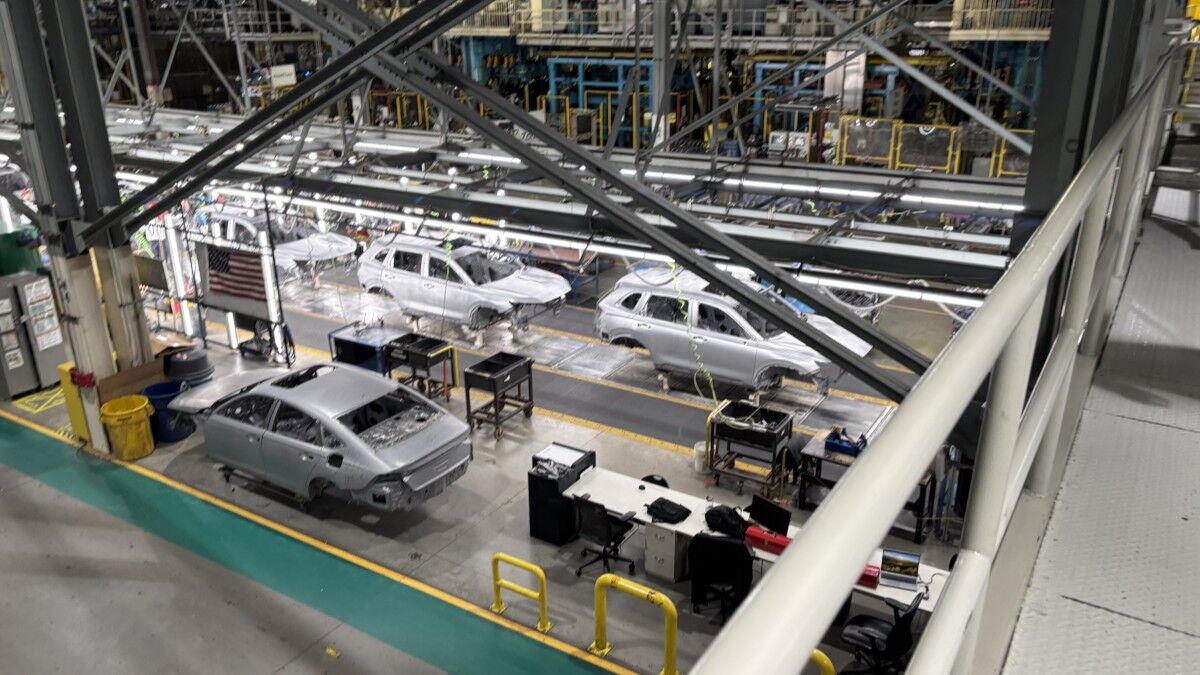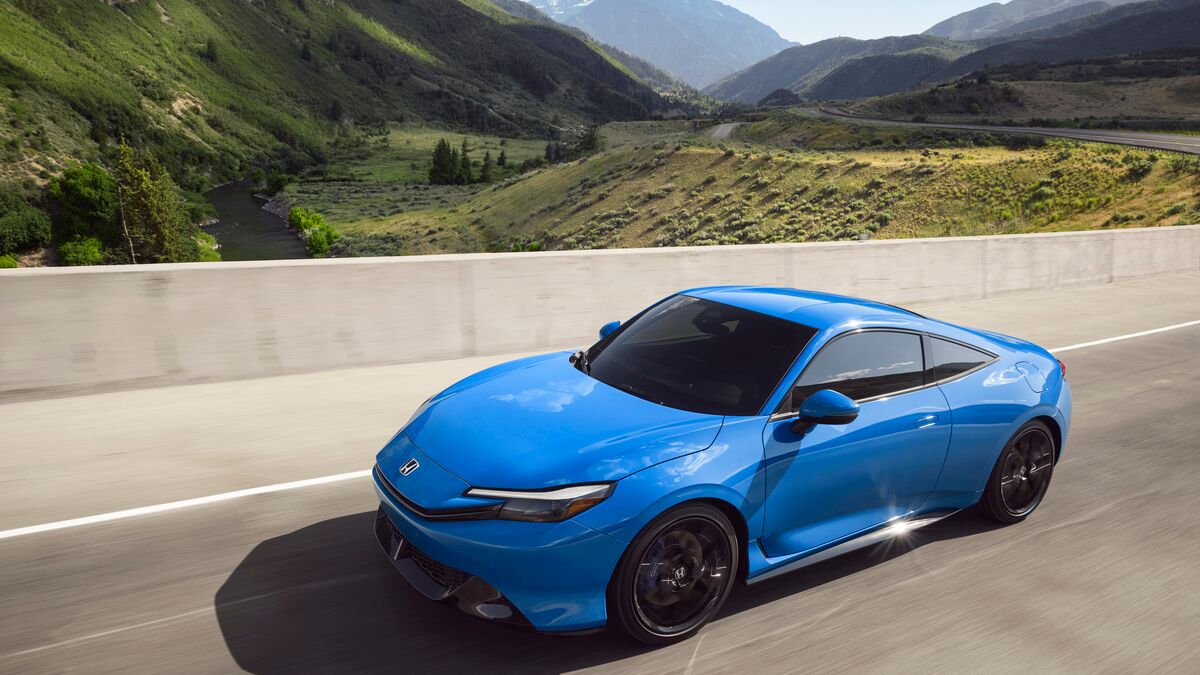There’s a global microchip shortage threatening to push car prices higher. Dealerships are carrying lighter inventories of cars. There’s a shortage of rental cars. Thankfully, the seat foam shortage seems to have been resolved.
Just in time for the tire rubber shortage.
Bloomberg reports that rubber prices have hit a 4-year high. “Carmakers including Ford Motor Co. and Stellantis NV, formerly known as Fiat Chrysler, say they’re monitoring the rubber situation but have yet to feel an impact,” according to the news service.
The shortage has a complex set of causes. These range from diseases among rubber trees in tropical countries to global transit problems from a ship that blocked the Suez Canal for several days. China, the world’s largest consumer of natural rubber, has begun stockpiling the material, further restricting supplies. Even the COVID-19 pandemic played a role. As worldwide medical equipment consumption spiked, much of it required rubber.
Tire Prices Increase
Automakers use the substance in many parts, from hoses to belts, and vibration-dampening fittings in engines. But the biggest use of natural rubber in the automotive industry is the obvious one: tires.
Tire prices had been increasing before reports of a shortage, mostly because Americans have been buying more trucks and SUVs than cars, and those vehicles tend to use larger tires. A shortage of rubber threatens to drive prices even higher. Since a rubber tree starts producing about seven years after planting, increasing the global supply is not a quick process.
The rubber shortage isn’t currently a crisis. Bloomberg notes, “General Motors Co., similarly, says it isn’t worried about its rubber supply. France’s Michelin, one of the world’s largest tire makers, is skirting port congestion by using air freight shipments direct from Asia.”
But it illustrates a growing concern for the auto industry. Just-in-time manufacturing practices have left car production vulnerable to interruptions. With Americans buying cars at a rate not seen in several years, supply chains are growing more sensitive to those disruptions.
This probably won’t be the last time we report a shortage to you. Bloomberg cautions, “There could be a copper shortfall of 10 million tons by 2030 if no new mines get built, according to commodities trader Trafigura Group.”








